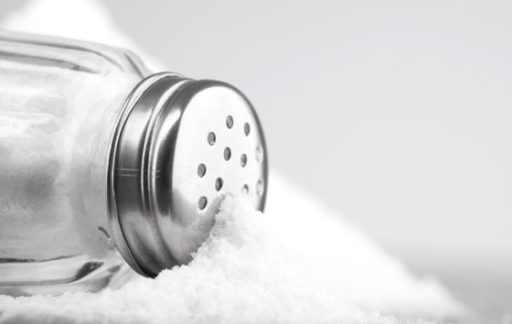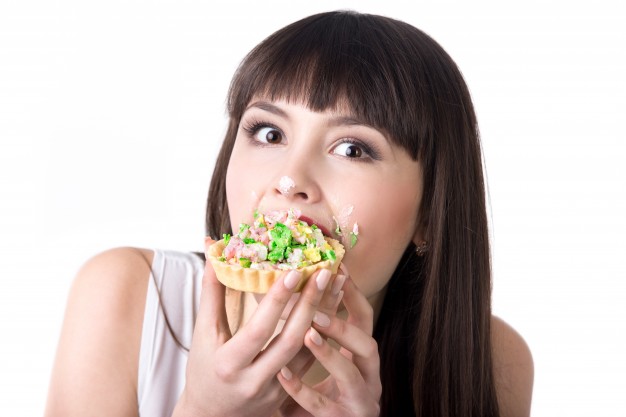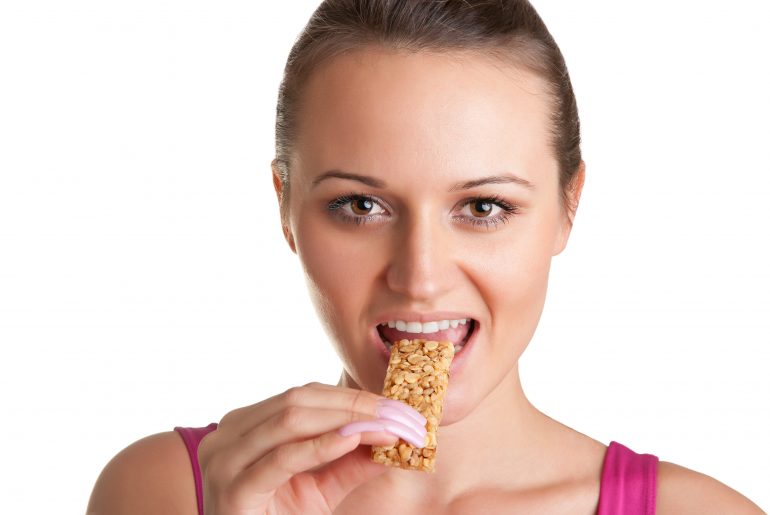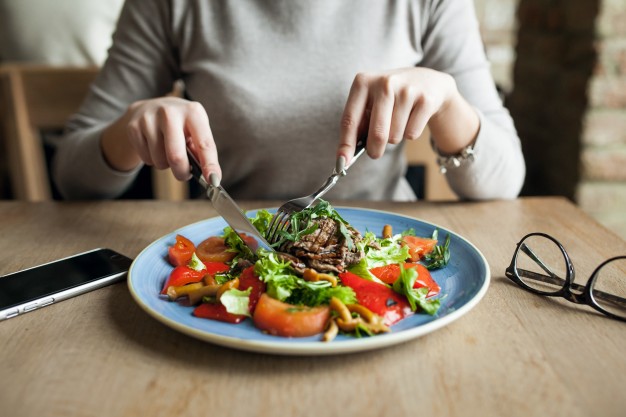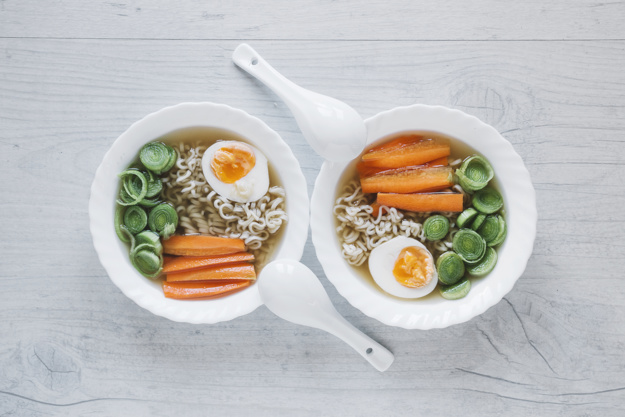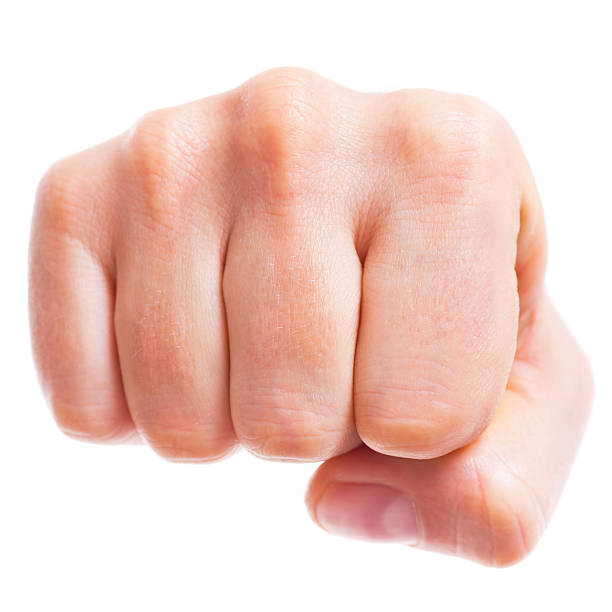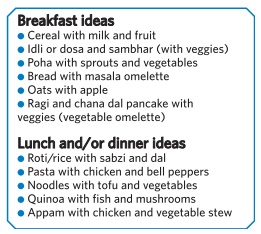Whether it’s weddings, family functions or just dinner with friends, food is often tied to a host of social obligations. It’s difficult to say no when someone offers food. They may feel bad, insulted, if it’s a wedding… The goal of eating is to feel better, not guilty, afterwards. If you eat under pressure, you don’t enjoy your food or stick to your health goals. How does one tackle such situations? We’ve devised some tactics to confront these tricky situations
PREPARE
Tank up on soup and salad before going out. You’ll feel full and won’t end up overeating, and you can stick to a few small portions of the healthy options.
Also, if the diet doesn’t come to you, bring the diet to your friends. Take salads and other low-cal dishes to the next party and put them on the table next to the creamy dips and fried food. That way you can still eat healthy for most of the evening and your host will appreciate the effort you have made. Everybody wins.
APPRECIATE
When someone wants you to eat food they have prepared, what they really want is for you to appreciate the effort they have made. You could say things like, “You have really outdone yourself this time, the place, table and food look fabulous!“ or “You are such a wonderful hostess! I am having a great time!“ Also, compliment the food early, and often. The more you compliment the dishes, the more people will think that you have eaten a lot even when you haven’t (*wink*).
POSTPONE
This is an especially good tactic for dessert. Postpone eating rich desserts by saying that you are full now so you will eat it in a bit when you can really enjoy it. Chances are your host will not ask you the second time around, as he or she will be preoccupied with other guests. But if they insist, you can ask if you can take the dessert home with you. Whether you eat it at home or not is your little secret.
ASK
Tell your host beforehand that you are on a healthy eating programme, and that you might not be able to eat much at their house. It’s always better to enlist the support of your family or friends when you are trying to lose weight. Tell them you would appreciate their help. They will be much more obliging to help you along your weight loss journey.





